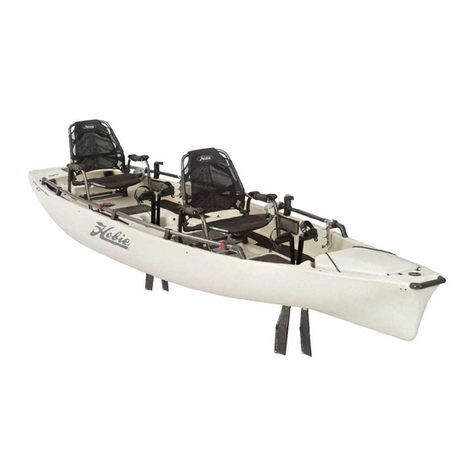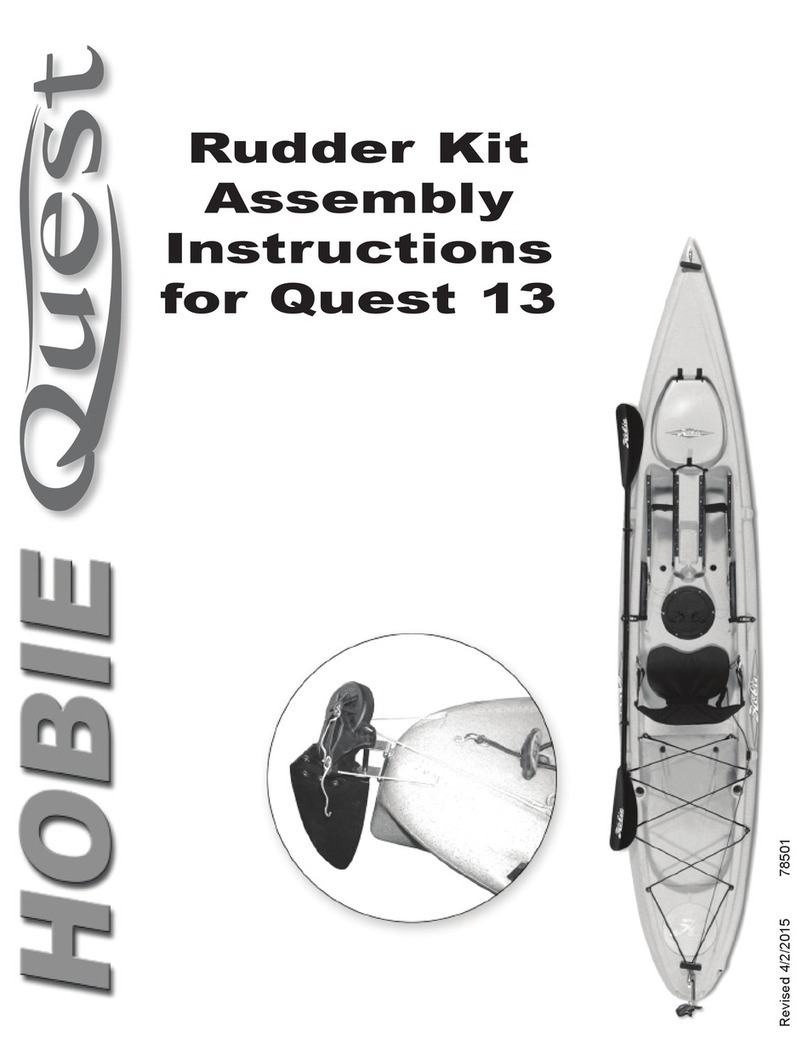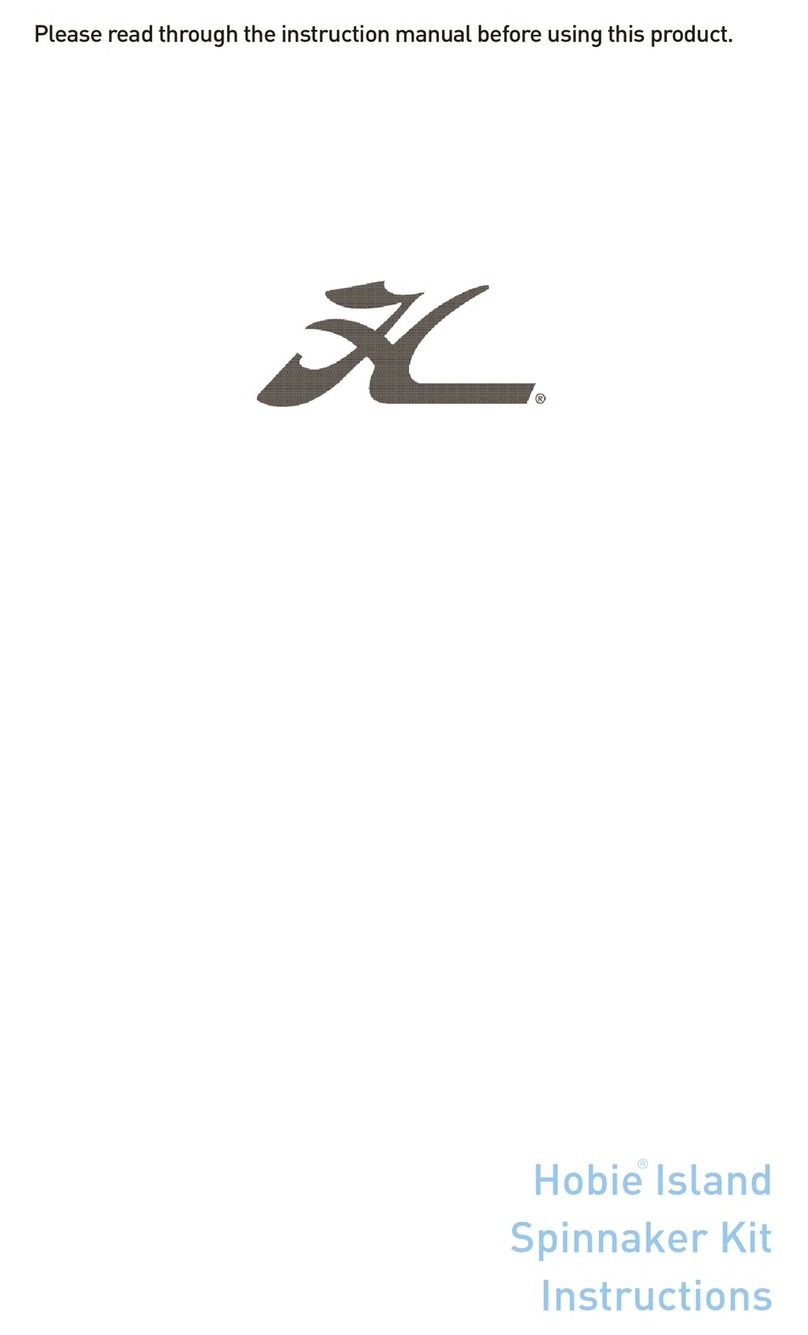Hobie Wave User manual
Other Hobie Boat manuals
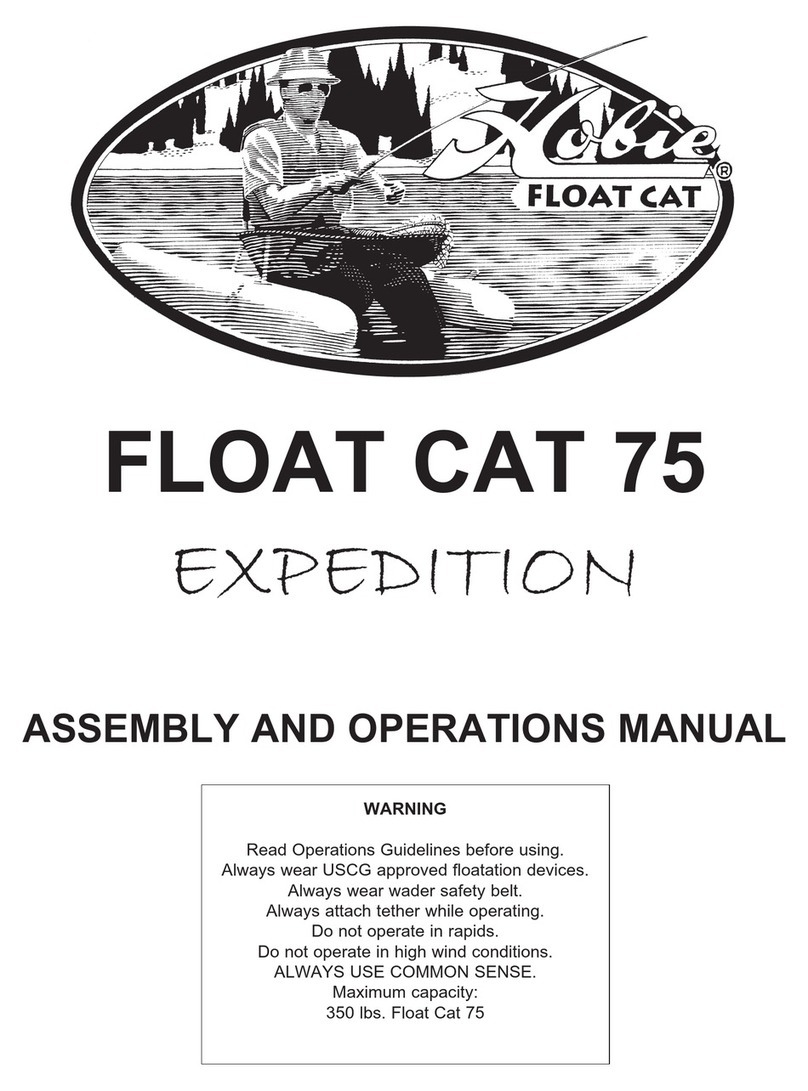
Hobie
Hobie Float Cat 75 Installation and operating instructions

Hobie
Hobie QUEST User manual
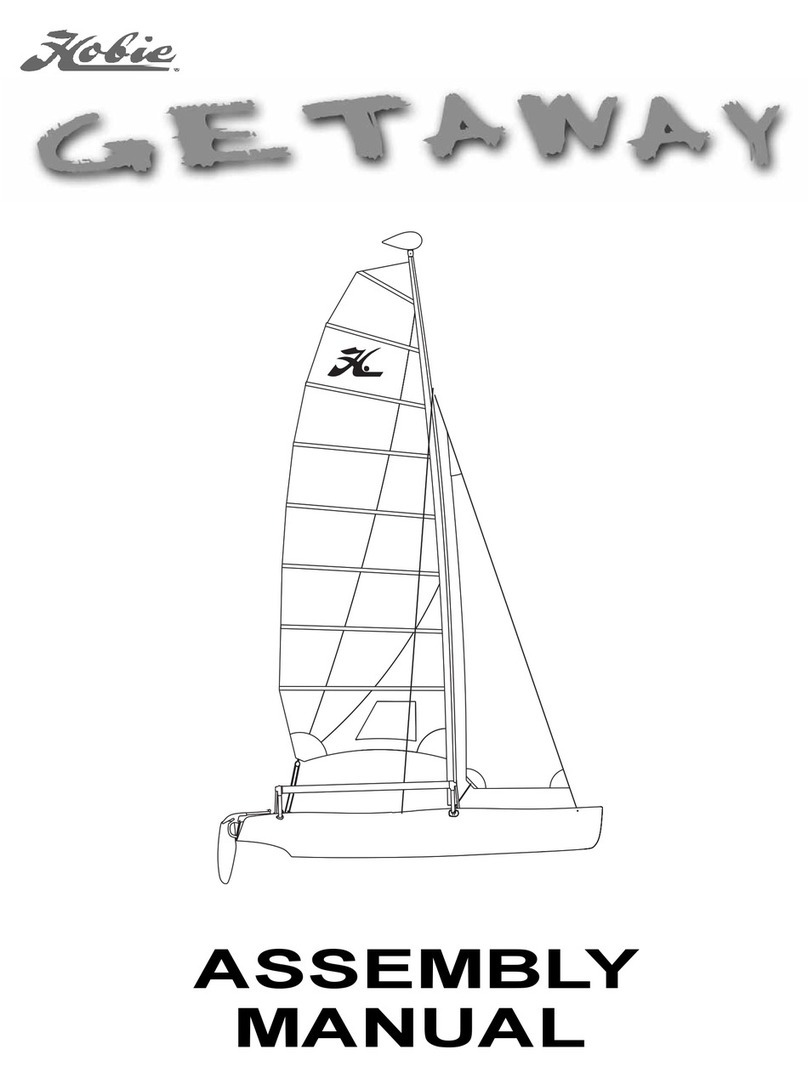
Hobie
Hobie Gateway User manual
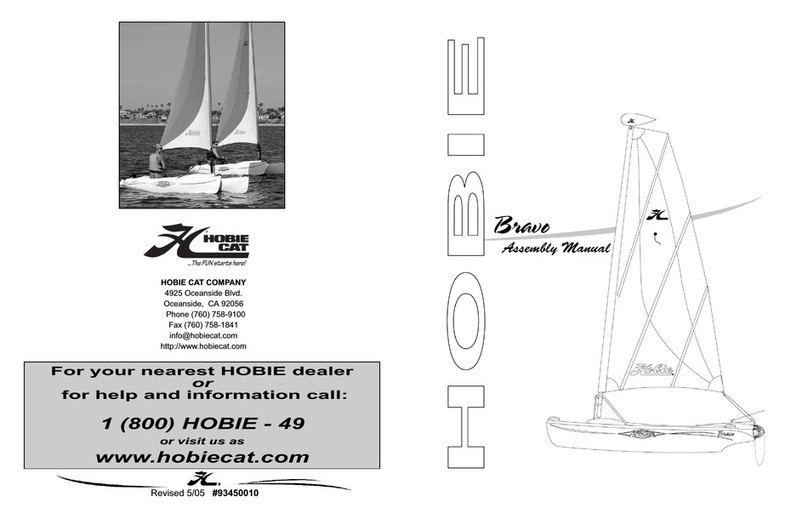
Hobie
Hobie Bravo User manual
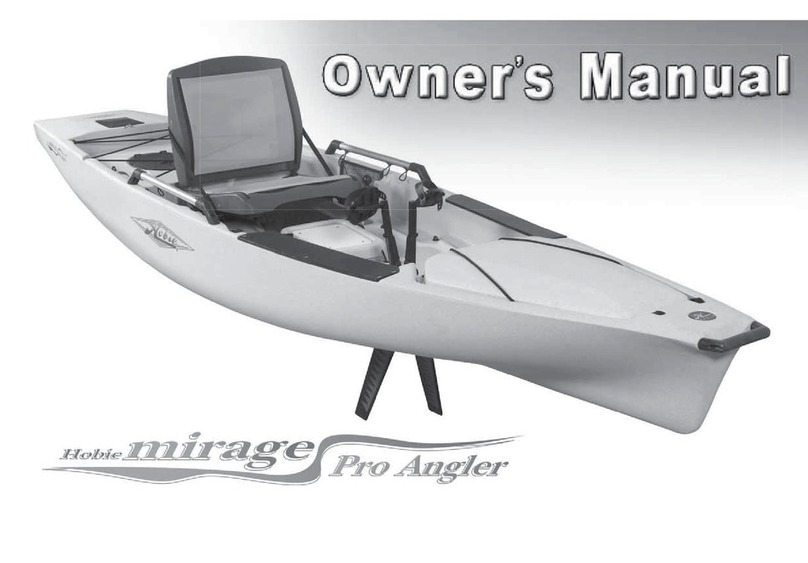
Hobie
Hobie mirage Pro Angler User manual

Hobie
Hobie Mirage Pro Angler User manual
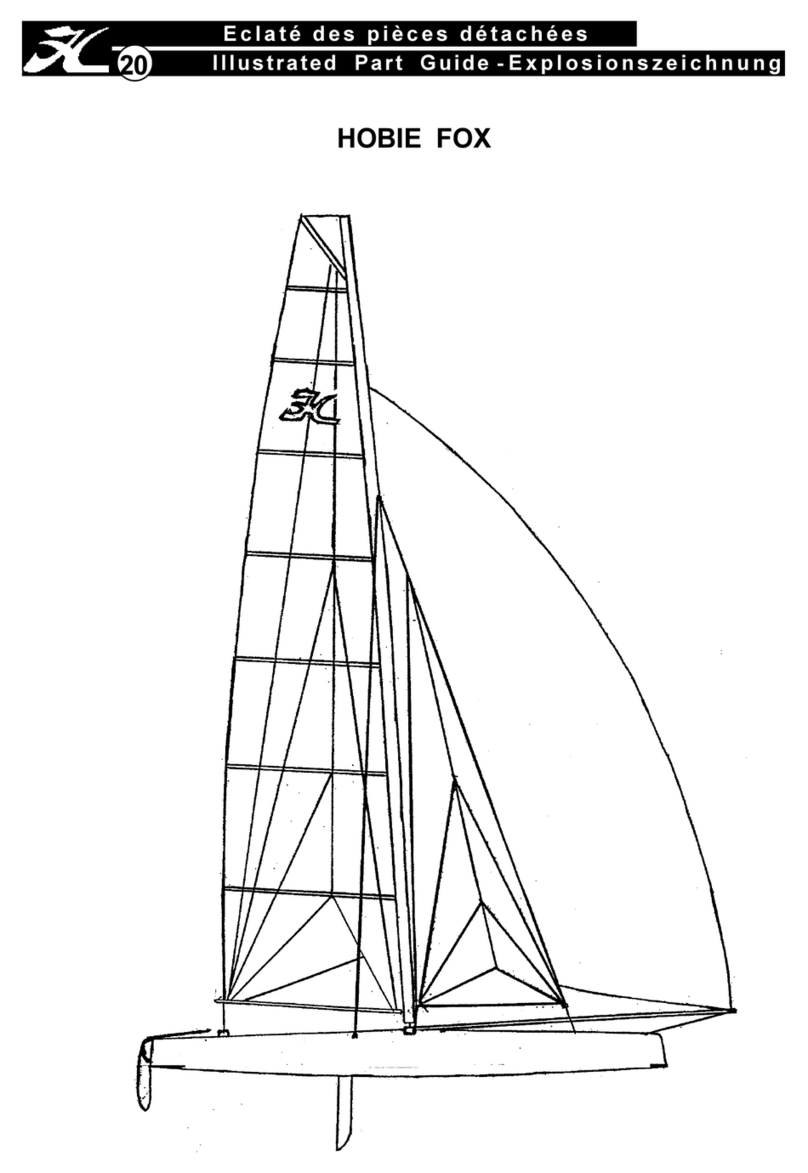
Hobie
Hobie FOX User manual
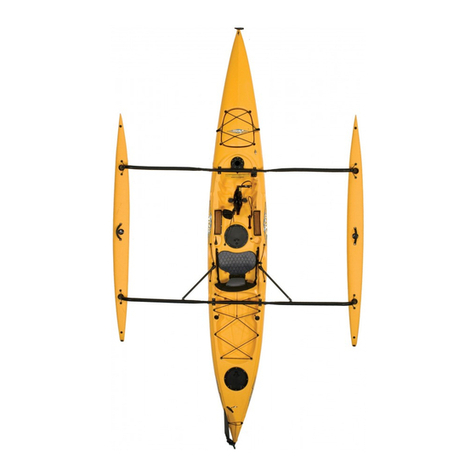
Hobie
Hobie Mirage Drive Manual

Hobie
Hobie 15 User manual
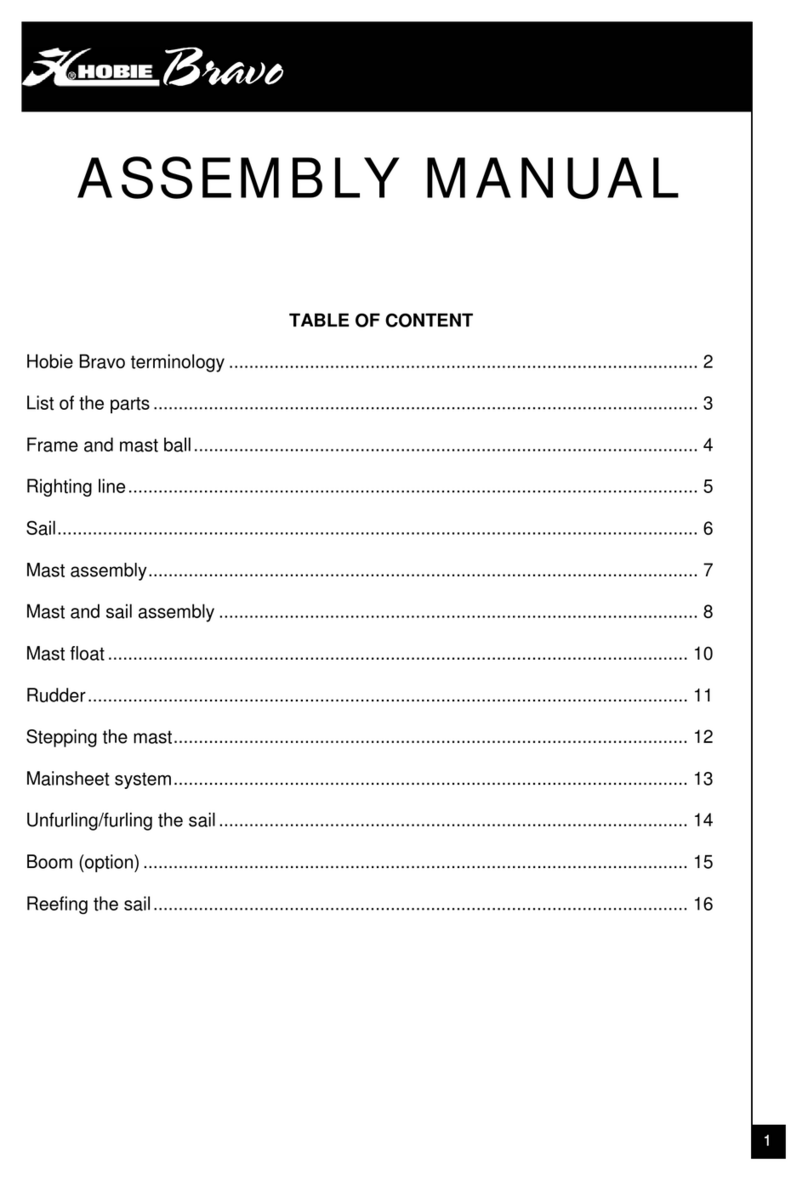
Hobie
Hobie Brave User manual

Hobie
Hobie PEARL User manual
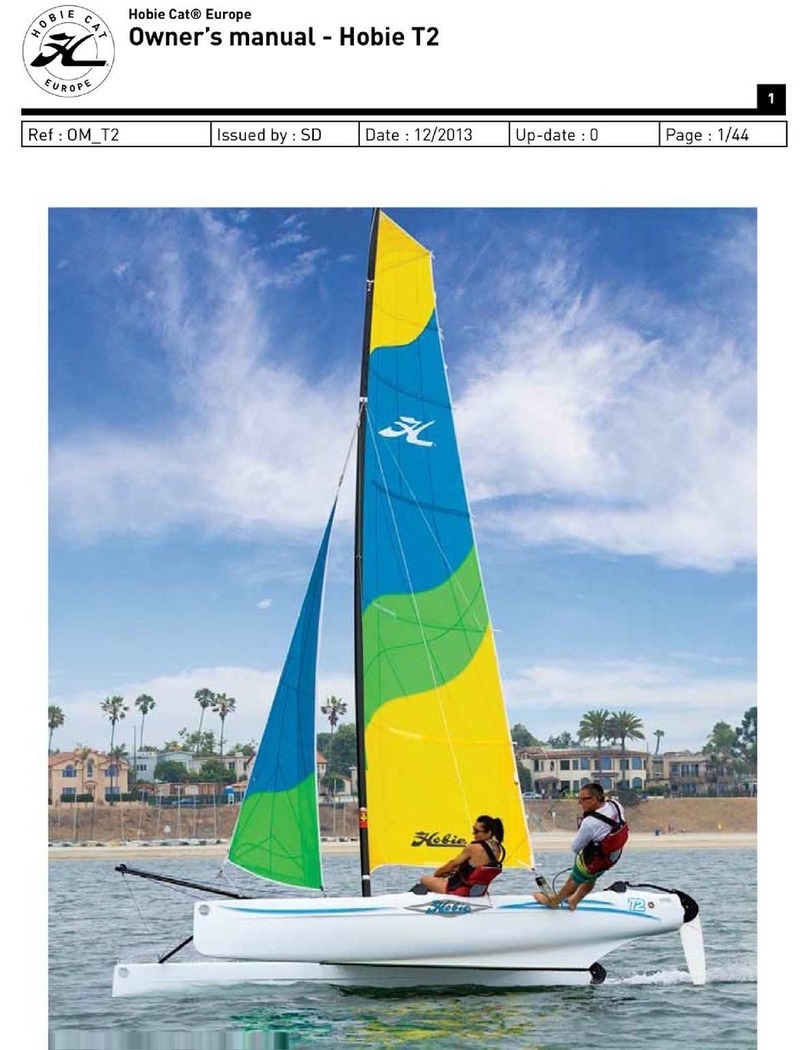
Hobie
Hobie Hobie T2 User manual
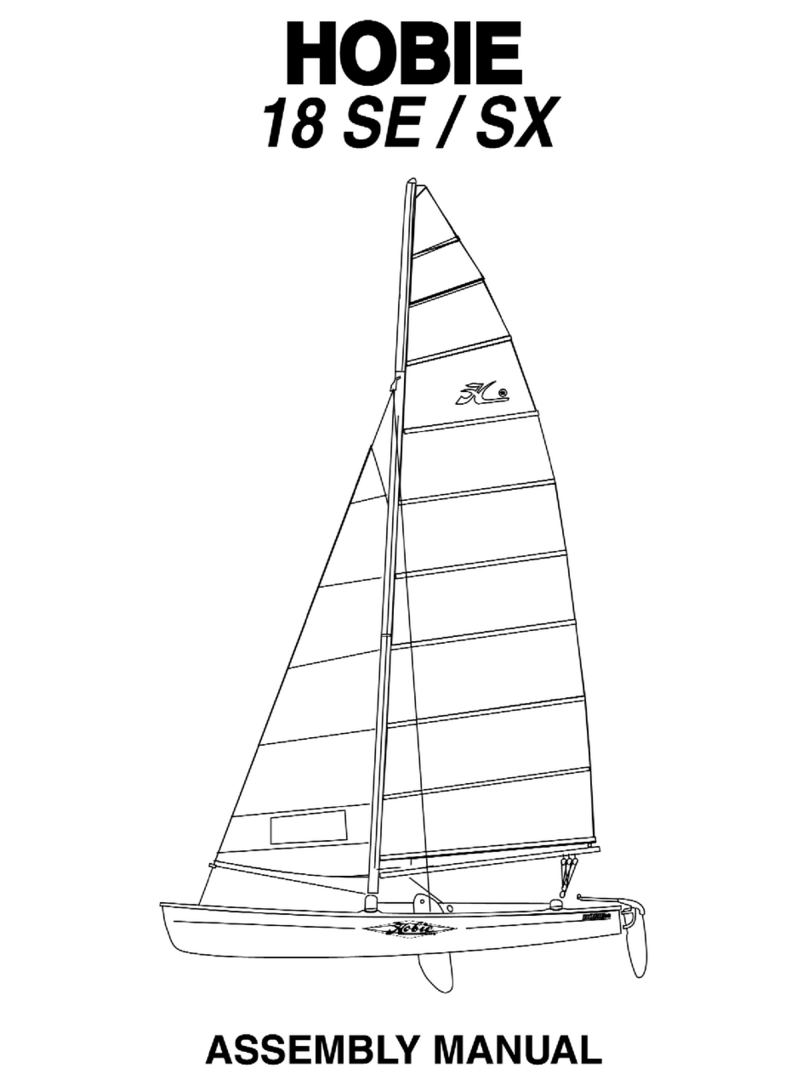
Hobie
Hobie 18 SX User manual
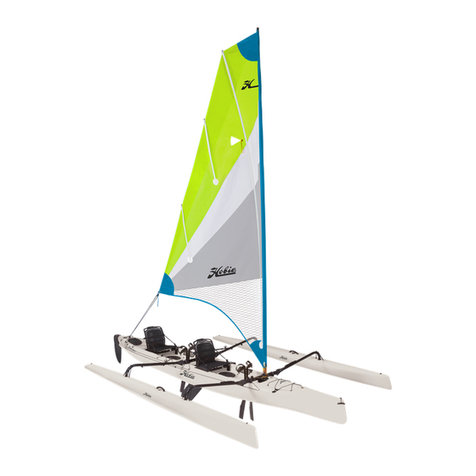
Hobie
Hobie Mirage Tandem Island User manual
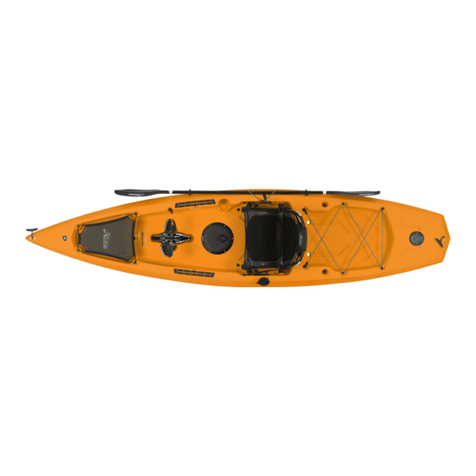
Hobie
Hobie Mirage Compass User manual
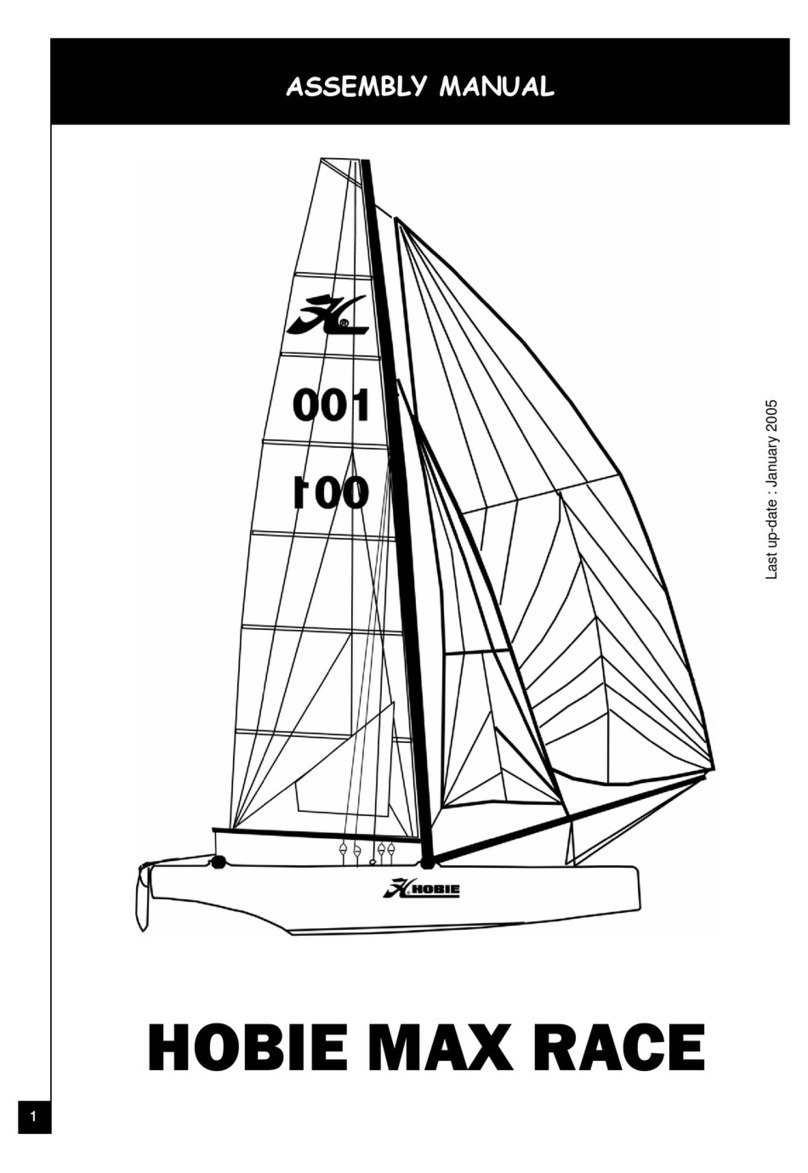
Hobie
Hobie MAX RACE User manual
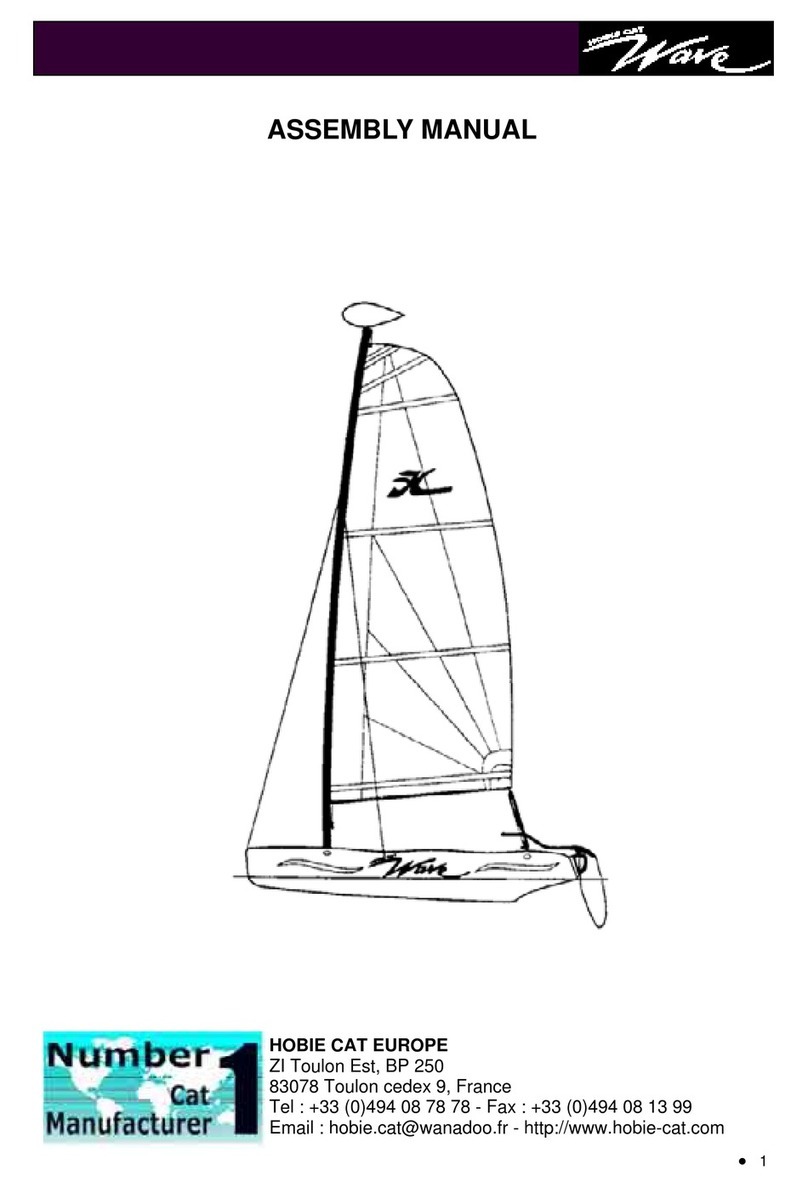
Hobie
Hobie Wave User manual
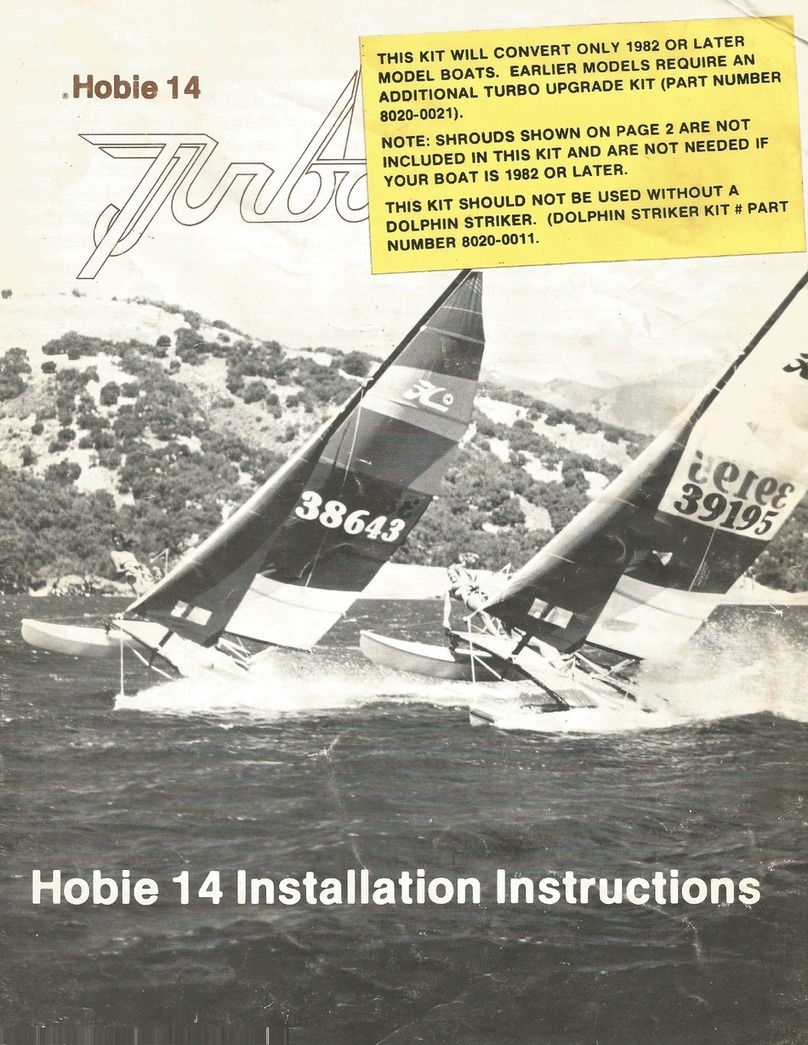
Hobie
Hobie 14 Turbo User manual
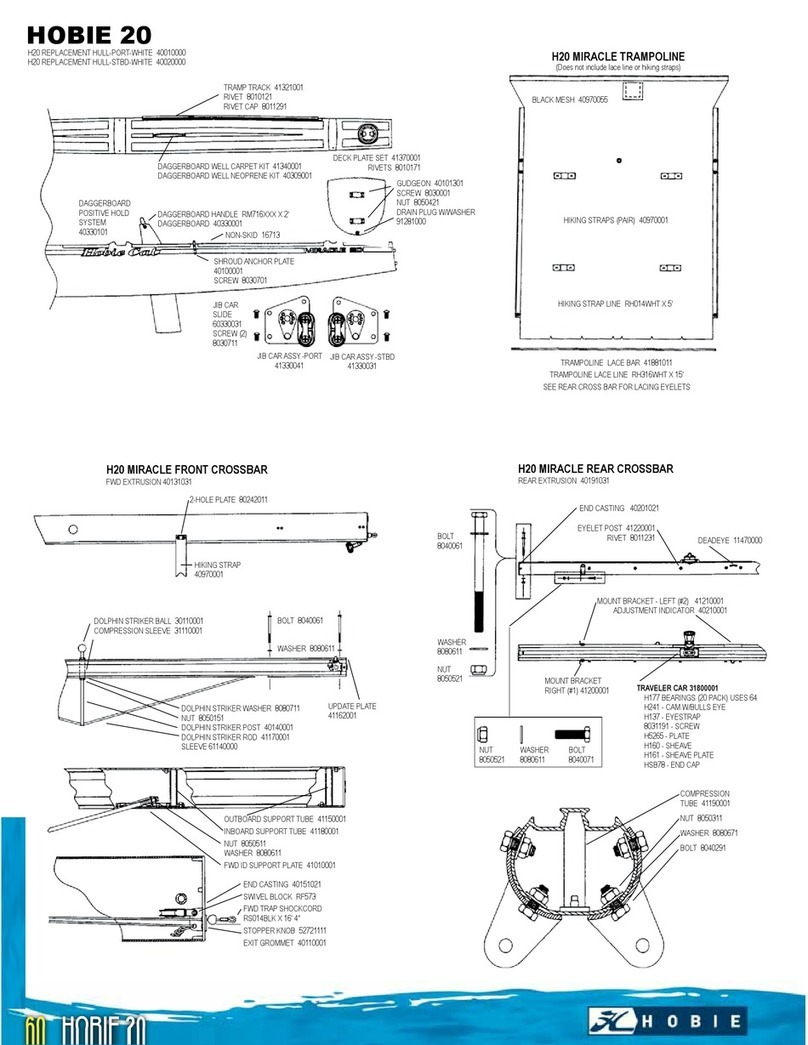
Hobie
Hobie HOBIE Miracle 20 User manual
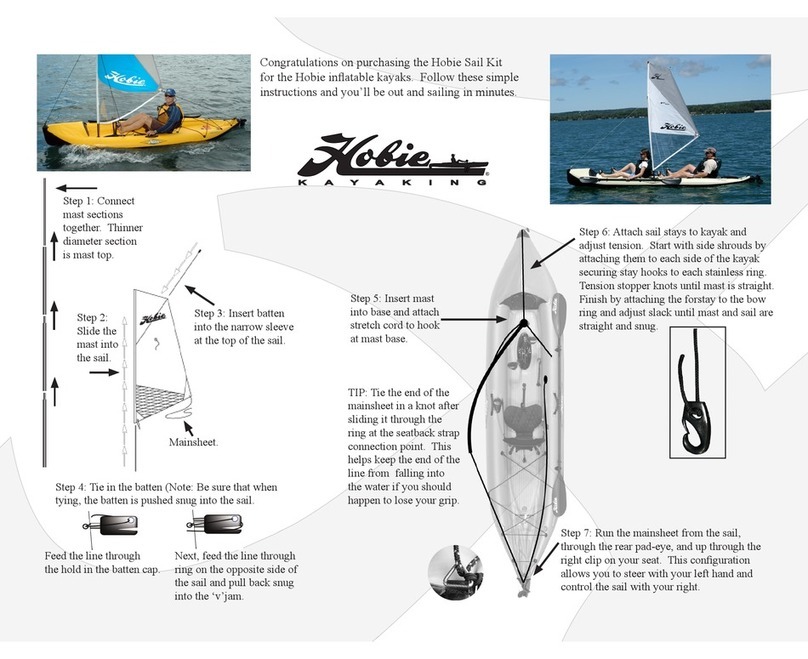
Hobie
Hobie Mirage Inflatables User manual
Popular Boat manuals by other brands

Jeanneau
Jeanneau SUN ODYSSEY 41 DS owner's manual

Meridian
Meridian 490 Pilothouse owner's manual

Advanced Elements
Advanced Elements AdvancedFrame Expedition AE1009 owner's manual

Robo Marine Indonesia
Robo Marine Indonesia GEOMAR user manual

Swallow Boats
Swallow Boats BayRaider owner's manual

X SHORE
X SHORE EELEX 8000 owner's manual
